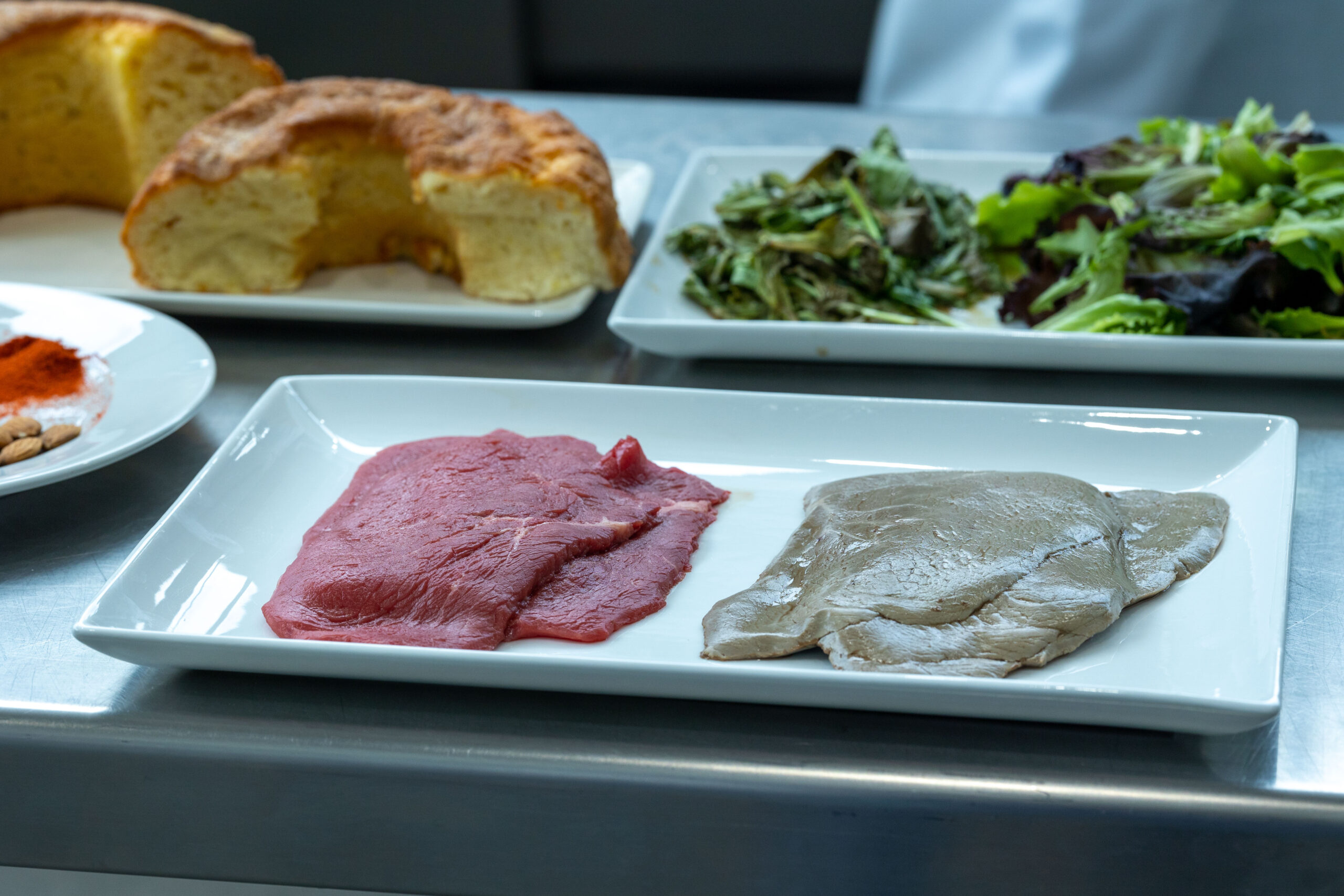
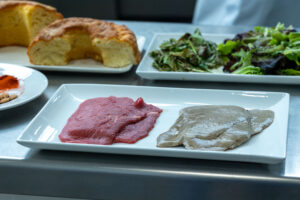
High Pressure Processing (HPP) is a versatile process suitable for a wide range of products. However, not all products are compatible with this technology. In this blog post, we will explore the intrinsic characteristics that determine a product’s suitability for HPP. We will also look at some practical examples of non-compatible products, such as those with air pockets (cakes, bread, mousses or marshmallows) or with low water content (powders, dried fruits or spices). In addition, we will give some tips on how to convert an a priori non-compatible product into an HPP-compatible one.
High Pressure Processing (HPP) is a non-thermal method of food preservation in which products are subjected to high pressure to ensure their safety and extend their shelf life while maintaining their nutritional and sensory value. HPP has gained popularity in recent years due to its ability to kill bacteria and extend the freshness of food without the use of heat or chemicals.
An important consideration with this technology is that foods are processed in their final commercial packaging, making HPP a versatile process for a wide range of products. However, not all products are suitable for HPP. Suitability is defined by the intrinsic characteristics of the food, such as its water activity (aw) and other physicochemical attributes like acidity. Let’s see:
Water activity (aw) determines microbial inactivation
A key factor in determining the effectiveness of HPP is the water activity (aw) of the food being processed. Water activity is different from moisture (the total amount of water present in the food) because not all water is available for biochemical reactions. The water activity scale ranges from 0 to 1 and reflects the amount of water available for pressure transfer. The range for maximizing lethal pressure effects is from 0.96 to 1. Foods such as fruit juices, avocado products, seafood and cooked meats, humus and salsas, fruit purees, prepared foods, raw pet food, and fresh dairy products fall within these water activity levels. However, at or below a water activity of 0.96, microorganisms become more resistant to pressure. In the water activity range of 0.80 to 0.95, HPP is used to extend shelf life, to reduce the risk of Listeria monocytogenes in dry-cured ham, and to achieve a 5-log pathogen reduction in dry-fermented sausages (DFS) through combining fermentation, curing, and HPP.
Synergy between low pH and HPP
Another important factor to consider in HPP is pH. This parameter reflects the acidity of a food product, and the scale for measuring pH ranges from 0 to 14. Food products typically range from 2.5 to 7.5 on this scale, with acidic products falling at the lower end of the range. Examples of acidic products include fruit juices, some salsas, and fruit purees. Since HPP is more effective at lower pH levels, acidic products would be expected to have a greater lethal effect compared to other products such as cooked meats, seafood, or dairy products, which typically have a higher pH. Overall, pH is an important consideration in HPP as it can affect the effectiveness of the process and the type of products that are suitable for this preservation method.
Packaging is also important in determining suitability for HPP
When it comes to HPP, a wide range of packaging solutions can be used. These can include bottles, pouches, tubs or trays, depending on the specific product and its requirements. An important factor to consider is the air within the product and the air within the package. This is critical in determining the suitability of the package for HPP. Homogeneous products with a non-porous structure are considered ideal for this process. Packaging options such as skin-packed or vacuum-packed are usually the best choice for HPP because they ensure minimal air in the package and provide a more uniform pressure distribution on the product. In addition, modified atmosphere packaging (MAP) with a controlled amount of gas may also be suitable for HPP. Overall, selecting the right packaging solution is critical to ensuring the effectiveness and safety of HPP.
What Makes a Product Suitable for HPP?
Now let’s look at some practical examples of products that are not HPP-compatible and how we can modify them to improve compatibility. We will draw on the work done by our applications team, which is detailed in this session of the HPP Innovation Week 2023:
Bread & Pastries
The comments below apply to any product with a lot of entrapped air, fluffy or with a mousse-like structure. Basically, when a loaf of bread or a croissant is run through an HPP system, it becomes a flat, collapsed piece of pastry. Why does this happen? Loaves of bread and pastries have a large amount of “voids” in their matrix, which creates a lot of trapped air. Isostatic compression under high pressure conditions compresses all that air until it takes up no more space. Such a product cannot possibly have enough “elasticity” to return to its previous volume and shape. All the air that was originally inside the product is now outside it, occupying the volume around it, inside the packaging. In summary, the pressure can cause these delicate structures to collapse, resulting in a loss of quality and texture. However, HPP could be used as a treatment to preserve fresh bakery doughs.

Spices, Powders, and Extracts
Any dry product such as powdered food matrices, extracts and dry spices are not a good target for HPP technology. Isostatic pressure requires water in the food product for its homogeneous, uniform, and efficient transfer and, consequently, inactivation of the microorganisms present in the product. However, spices can be used as an ingredient in the preparation of ready meals to add flavor.
Dried Nuts or Fruits & Cereals
Similar to the above case, these products alone have a low water activity content. HPP is not effective in extending the shelf life or generally improving the safety of such products.
Jams or concentrates
Foods that are incompatible due to their low water activity but can be mixed with other ingredients, such as tahini in hummus. Another example is honey: although it cannot benefit from HPP on its own, it is used as a natural sweetener in some high pressure processed beverages.
Whole Fruits
Although it is not compatible with whole, raw, fresh fruit; HPP will cause changes in the texture and cell walls and change its typical aspect. We recommend mixing the chopped fruit with juice and processing this product, this can have several advantages: the integrity of the chopped fruit is maintained, the juice penetrates into the chopped fruit resulting in new flavors and also the juice can have an acidic pH or high content of antioxidant compounds helping to further extend shelf life.
Vegetable Leaves and Leafy Salads
As mentioned above, HPP is also not a good solution for leafy vegetables. Isostatic pressure causes certain changes in the structure of vegetable cell walls. After HPP, leafy greens appear more mushy, flaccid, and exudative. But again, this can be a great solution for wet salads and sandwich fillings, or even smoothies.
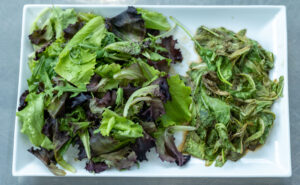
Raw meat
Myoglobin denaturation causes an irreversible color change in raw meat. However, the appearance of high-pressure treated raw meat after cooking is identical to that of untreated meat after cooking. This opens up the possibility of using HPP technology in food service, as the end consumer will enjoy the cooked product. Marinating raw meat with seasonings or dressings to mask the irreversible color change is another option used by some manufacturers.
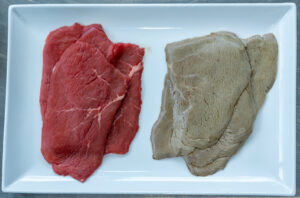
In summary, HPP is a highly effective method for preserving a wide range of foods. However, certain products are better suited to this preservation method than others. When considering HPP, it is important to understand which products are suitable and which are not to ensure optimal results. Do not hesitate to contact us in case of doubts about HPP technology.


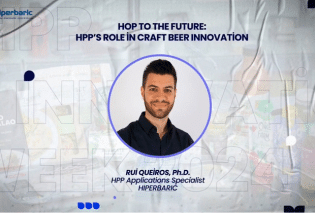
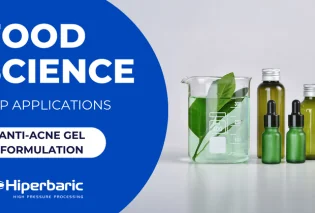
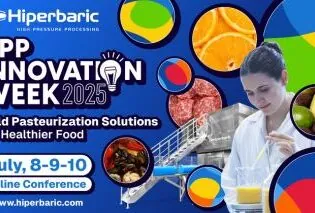


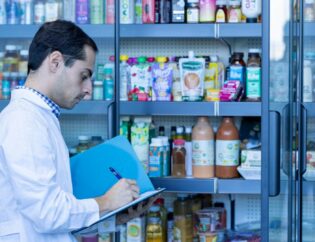
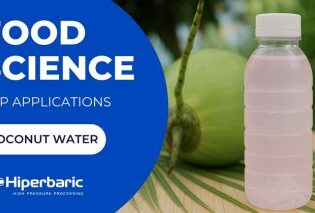
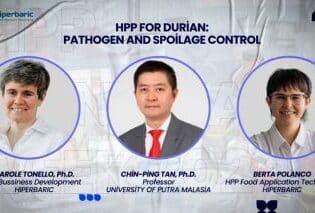
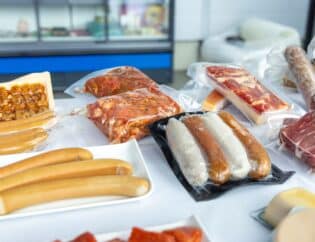
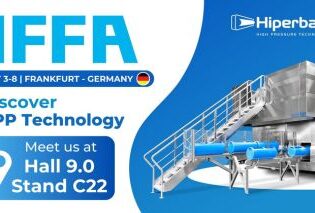
As I understood 1:
for.ex. fresh berries like blueberry, black currant, cherry etc. can be hpp-treated directly even without any coverage (assuming the pressure is equal around the berry)? How it’s behavior with strawberries like objects with conclusions?
2: Salmon raw meat will become from red to more pale, ok. How does it appears layout after frying on the pan? Looks/feels similar as fresh fillet after frying? What are the possible failures after frying when compared salmon fillet treated/fresh (untreated) with hpp?
Hi Oli. Thanks for your comment. Here is our respond to your questions:
1) Although pressure is uniformly applied across the product during HPP, it’s generally not feasible to process raw fruits, whether whole or in pieces.
This is due to cellular modifications, specifically damage to the cell wall, which leads to the release of water and intracellular components.
This release results in an undesirable appearance. Furthermore, some fruits are porous, and these pores can collapse under pressure, causing further damage to the fruit’s structure.
A potential solution is to process the fruit while it’s submerged in its own juice. This method allows the juice to fill the pores when under pressure, thereby preserving the fruit’s structure.
As for the inclusions, such as seeds in strawberries, they generally do not influence the effects of pressure.
2) The appearance of raw meat or fish processed with HPP after cooking is similar to that of fresh meat or fish after they are cooked.